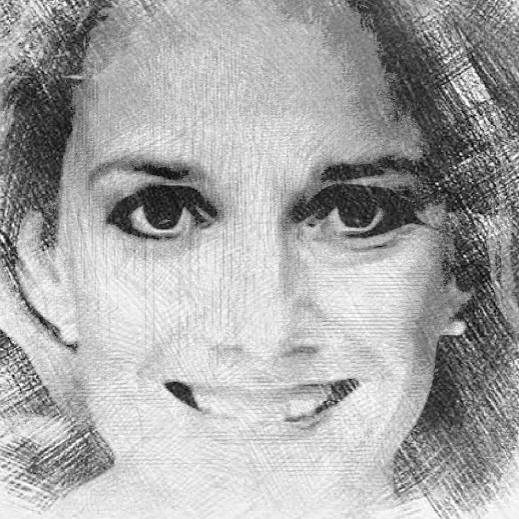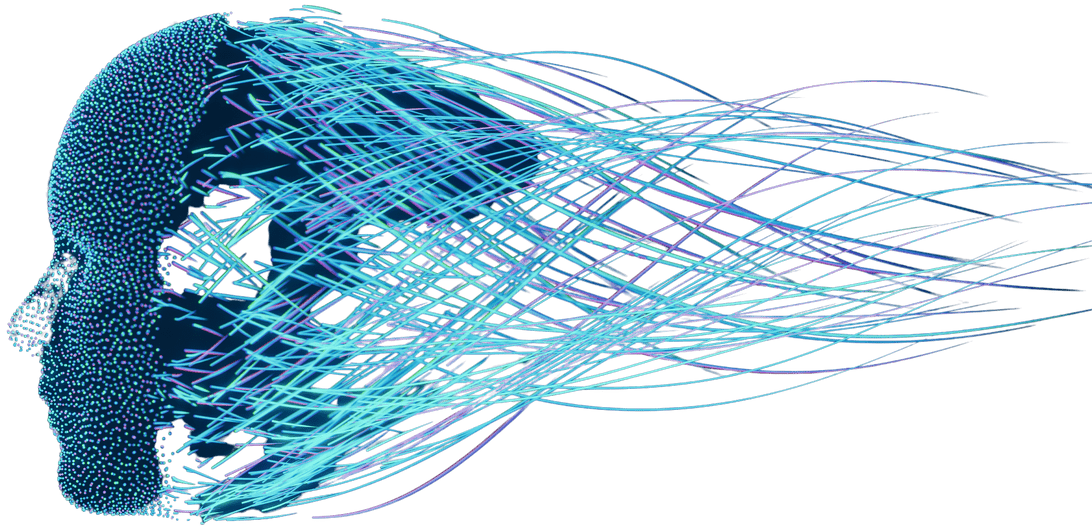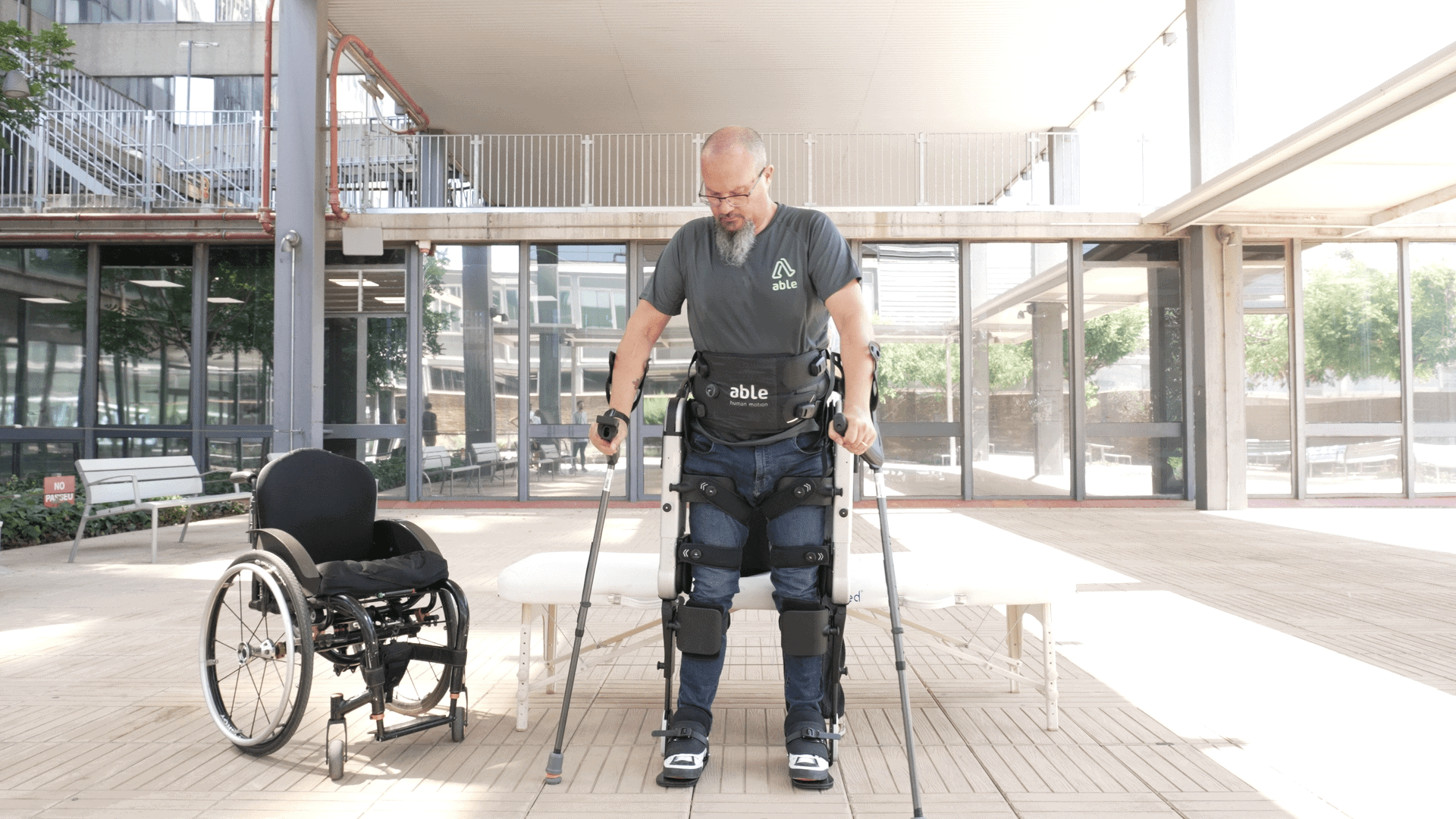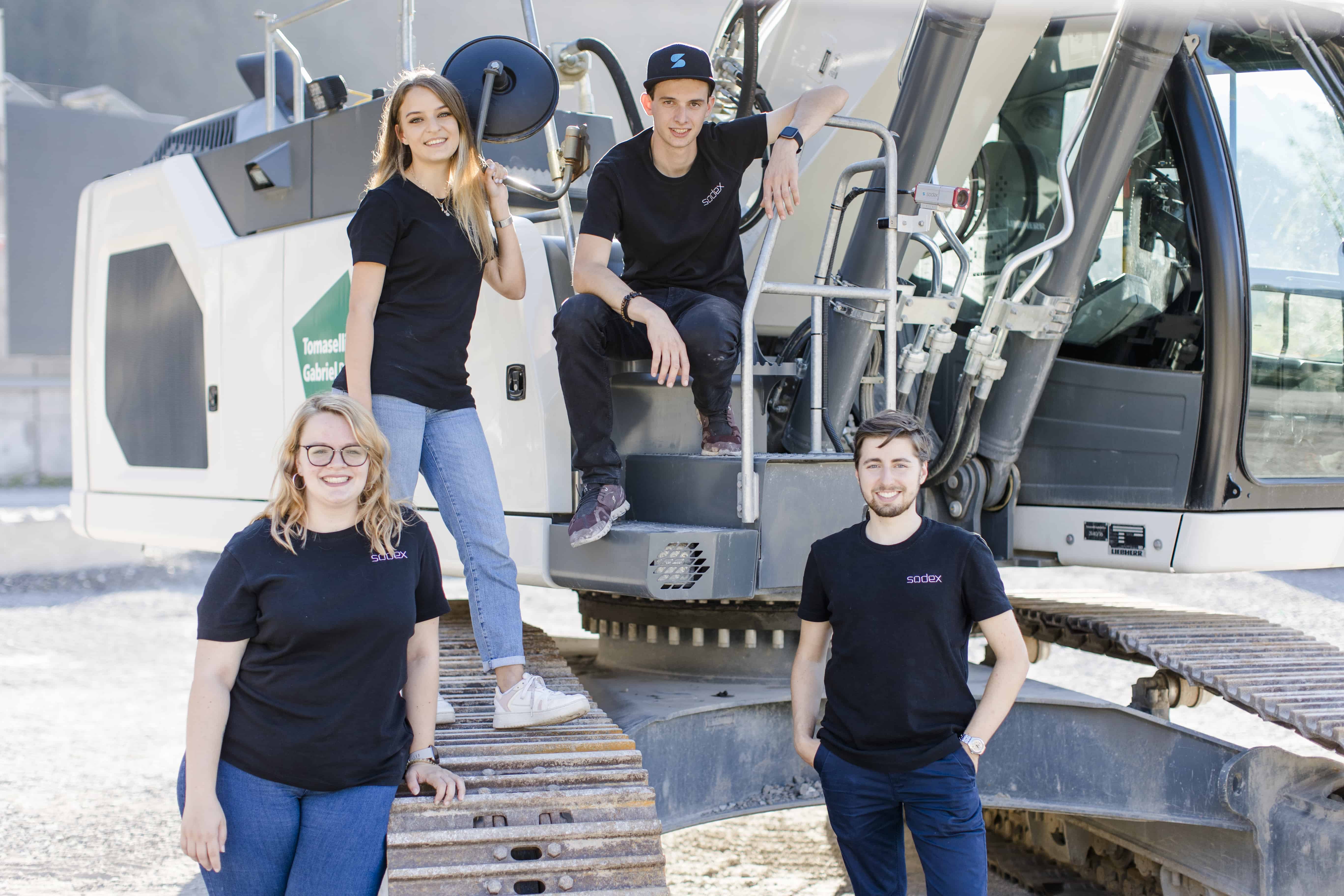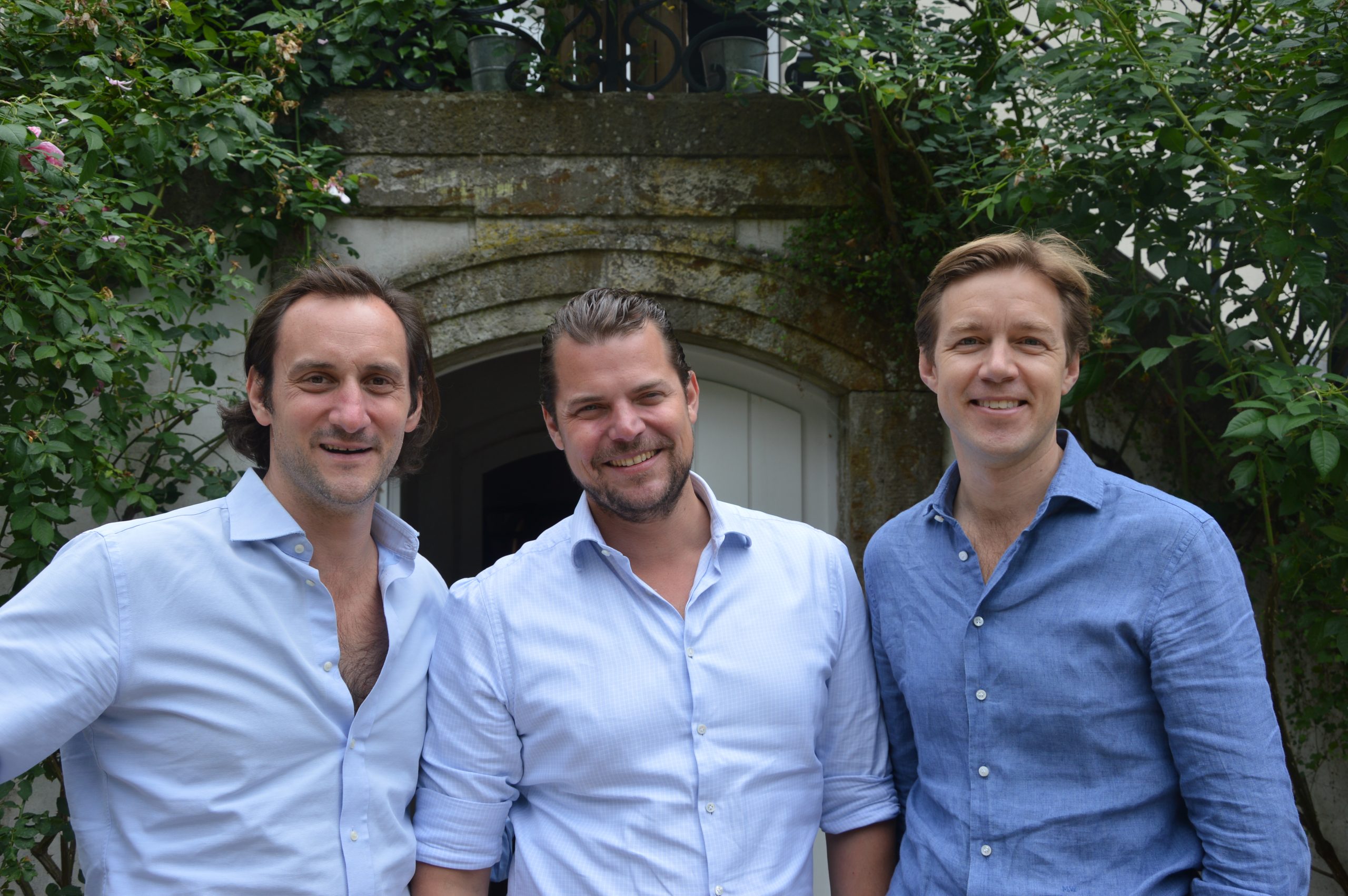
Anyone who has ever taken part in a rehabilitation or prevention measure knows the problem: after the daily program on site, you feel strengthened again for everyday life. But as soon as you’re home, the performance curve drops steeply because either you don’t have the time or there is no suitable aftercare program available to participate in. This means that not only are the therapy successes achieved lost, so is the knowledge acquired about health, nutrition and relaxation techniques.
We spoke with Maximilian Michels, who founded Caspar Health together with Benjamin Pochhammer and Maximilian von Waldenfels, about the first digital rehabilitation and prevention clinic. It aims to close this aftercare gap.
How did you get the idea to found Caspar Health?
Well, I have been running rehabilitation clinics for 8 years and have observed how patients with orthopedic, neurological and many other conditions came to us. On site, they received five to six hours of therapy daily with a multi-professional team. However, as soon as they returned to everyday life, the follow-up care was not provided for a variety of reasons – either the patients simply did not have the time or their home town did not have an appropriate offer. An analysis by the German Pension Insurance Fund (Deutsche Rentenversicherung) found that this was the case for a total of 86 percent of patients. This is rather frustrating when you consider the amount of work that the doctors and therapists do on site. In order to close this specific aftercare gap, the idea of founding Caspar Health as a digital rehabilitation clinic was born – during a get-together over a gin and tonic.
What exactly does your offer consist of?
It is important to know: You can’t have one without the other. This means: First of all, patients are prepared for aftercare during the rehabilitation phase. So you already work on site together with your therapists and the Caspar Health App. This allows them to adapt the aftercare therapy to the individual needs of the patient and configure the settings. Various parameters are stored in the app, which offers a multimodal training plan based on the rehab therapy standards. And if the patient has any questions at home, he can ask the therapist in charge directly via chat.
Exercising at home – isn’t that where the physical therapists come in?
No, quite the opposite, or rather: we actually had a lot of persuading to do in the beginning. After all, digitalization was not yet so common in 2016. The therapists initially feared that first of all, the quality of the therapy would suffer as a result of the app and second, that their professional field would change or their profession would be eliminated altogether as a result. But we were able to convince them that exactly the opposite is happening and that their work on site will be sustainably stabilized by digital aftercare, in contrast to the current situation. This is especially true since acceptance by the patients has been there from the very beginning.

What makes you particularly proud regarding the founding of your company?
That we are where we are today: Patients and clinics are taking advantage of what we have to offer. For example, 92 percent of patients who start a digital aftercare program with Caspar successfully complete it. So we are actually succeeding with our goal of closing the aftercare gap. I am also proud of the great team that we work together with in developing our product and the associated concepts. And, of course, this results in a snowball effect, since every week we are gaining new clinics. We now work with over 100 rehabilitation clinics and in 2020 we will add another 100 or so.
What is the position of health insurance companies and insurers regarding Caspar Health?
Since our digital offer is 1:1 in line with the quality standards of the service providers – including the four pillars of exercise, knowledge, relaxation and nutrition – we receive full support from them. In other words, they provide much of the digital aftercare as a service. In view of the 86 percent who do not take advantage of face-to-face aftercare and the current successes, digital aftercare is a new business and care model for medical facilities.
What expansion opportunities do you see in terms of your offering – where do you want to be in five or ten years?
On the one hand, we are currently working on further expanding the product itself. We are successively adding new features to the app. In addition, we are working on new concepts in the areas of acute care, prevention, BGM (occupational health management) and child rehabilitation.
And: In addition to the Austrian and Swiss market, the demand for our offer in other countries is of course also interesting.

